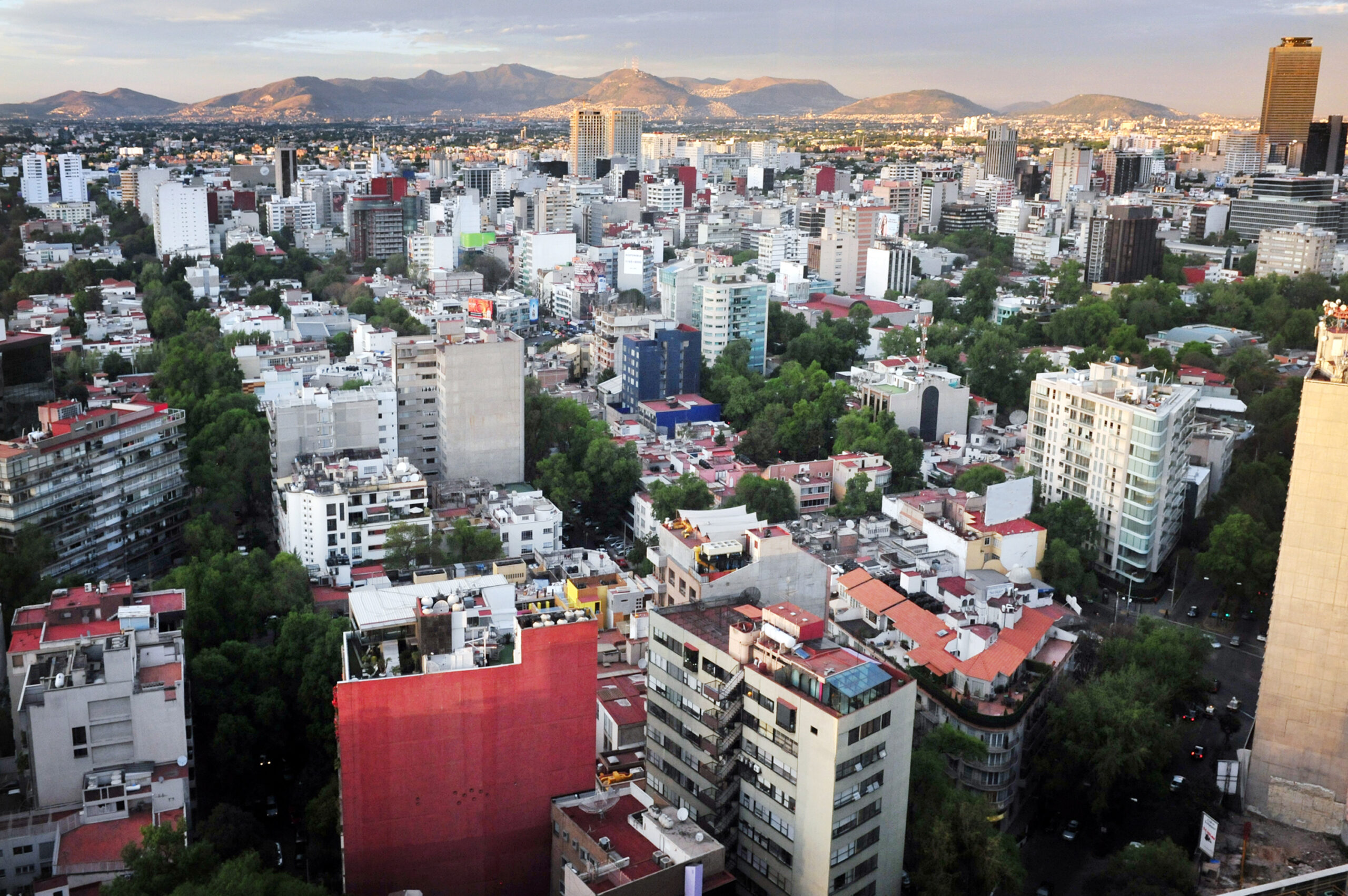When we set off to invest our first fund in 2019, we developed an investment strategy which we believed filled a gap in the Latin American ecosystem, while aligning to our impact/return/risk objectives and accommodating sector dynamics based on pipeline feedback loops. The strategy consisted on primarily offering long-term credit to stable enterprises looking to scale and opportunistically doing a couple equity investments.
Latin America is a region with a nascent impact investment space in which most local investors still believe impact investing is philanthropy or concessionary capital and there is a difficult track record in regards to exits in private markets. As a first-time fund manager in the region, we felt an obligation to create successful case studies while achieving real and deep impact and returning capital with attractive returns so we could – obviously – raise our next fund but also mobilize more capital to solve problems in the region.
Catalytic loans
CO_Capital is a Mexican impact-investment firm focused on reducing inequality and poverty, mitigating climate change, and promoting gender equality across Latin America. We are a certified B-corp with a diverse team. To align ourselves, we tie the team’s carried interest to impact and financial returns.
We started by offering the off-the-shelf instruments we knew best, primarily 5-6 year term loans and revenue-based-financing (“RBFs”). As we worked through the fund’s investment period and spoke with inspiring, innovative, and impactful enterprises, we reflected that within our discipline and risk constraints, we wanted to be as catalytic as possible. We concluded that our two main instruments were falling short of this.
Yes, term loans for early-stage enterprises in developing markets are not a common offering, but a simplistic structure that did not uniquely fit the company’s stage, needs, or cash flow profile. RBFs were too complex, perceived expensive, uncertain given flexible repayments, and in many cases hindered startups’ possibilities of raising their next equity round.
As we redesigned our strategy, there were four pillars that guided us:
- Listening to the entrepreneur
- Being flexible within boundaries to accommodate the company’s needs
- Taking on risk or that first step with the right discipline and downside protections in place
- Aiming to be strategic and value-add partners, while providing credit
In practice, this meant broadening our offering. Our approach can be lengthier and legally more expensive, but in our case, entrepreneurs have valued it and it has allowed us to uniquely position ourselves in the space and be catalytic to most of our investees.
We start with our narrative that we are flexible and will aim at designing a structure for their needs, then we analyze the company’s cash flow (historic and projected, with multiple scenarios), and finally, in partnership with the management team we bounce back a term-sheet with modeled repayment schedules.
From the start, we position ourselves as a long-term partner aiming to accompany them in their growth to scale their impact; this approach positively influences conversations and moves us away from being seen solely as a loan provider.
We are mainly using term-loans, with a mezzanine-like risk tolerance, in which we traditionally offer some interest-only grace period, adjusted repayment schedules (can be growing over time or with flexible rates and IRR kickers), guarantees where we can find them (never personal), and on-balance or off-balance sheet positions.
Additionally, we took on a “first-loss” guarantee by our partners DFC/USAID which allowed us to take on this risk while protecting LP’s capital. With this approach, outside of our opportunistic equity investments, we do not have to worry about exit and we can reach “real-economy” companies that are not looking to become unicorns, might not have founders who want an exit, or cannot even receive equity (like cooperatives).
There are four main use cases for our product today:
- Stable companies in which founders don’t want to dilute further, don’t fit the equity/VC profile, or want to have a more sophisticated capital structure
- Extend runway 1-2 years to bridge the next round if valuations are low or performance has been weaker than expected
- Being the first institutional lender to scale credit portfolios for companies that offer financing
- Off-balance sheet single-purpose vehicle structures for project financing
There is probably more that can still be done. We strive to be a learning organization that tries to meet our stakeholders where they are at – from a fundraising and a deployment angle. We aim at being a bridge to mobilize more capital to social or environmental startups and ultimately end users in a disciplined manner to create successful stories to reduce perceptions or risk.
Alberto Gómez-Obregón is a managing partner at CO_Capital.











